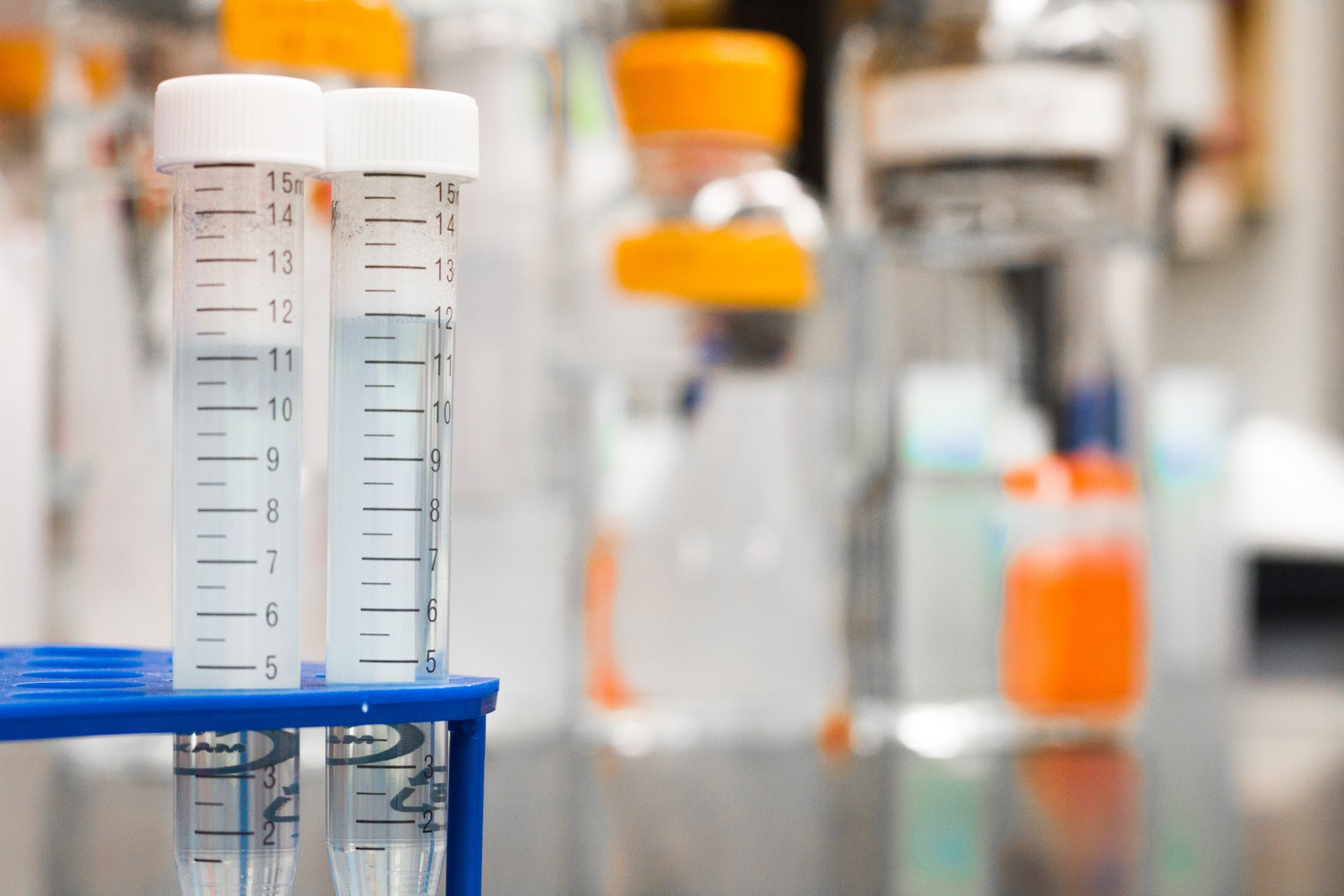Contacting us does not create an attorney-client relationship.

Marine Corps Base Camp Lejeune, home of expeditionary forces in readiness, is a warfighting platform from which Marines and Sailors train, operate, launch and recover while providing facilities, services and support that meet the needs of our warfighters and their families. These warfighters and their families experienced toxic water used in the potable life support while being stationed aboard or visiting Camp Lejeune. These chemicals included:
TCE is a chemical solvent used in cleaning metal parts and equipment. PCE is used in dry cleaning and metal degreasing. Vinyl chloride is used primarily to make polyvinyl chloride (PVC). PVC is used to make a variety of plastic products ranging from construction material to packaging materials. Vinyl chloride is also produced as a combustion product in tobacco, smoke.
Benzene is amongst the top 20 most commonly used chemicals for production. Some industries use benzene to make other chemicals for plastics, resins, and nylon synthetic fibers. Benzene is also used to make lubricants, rubbers, dyes, detergents, drugs and pesticides.
At Tarawa Terrace, base housing for service members and families, PCE was the main contaminant. The maximum level detected in drinking water was 215 parts per billion in February 1985. The EPA maximum allowable level is 5 parts per billion. IT is estimated to have exceeded the EPA’s allowable levels for 346 months during November 1957-February 1987. Over time, PCE degrades in the water into TCE, trans 1,2-cichlorethylene (DCE) and vinyl chloride.
At Hadnot Point, base housing for service members and families, TCE was the main contaminant. The maximum level detected in drinking water was 1,400 parts per billion in May 1982. The limit for TCE in drinking water is 5 parts per billion. Other chemical contaminates found at Hadnot Point included DCE, PCE, Benzene, and vinyl chloride.
Marine Corps Air Station (MCAS) New River was commissioned as Peterfield Point in April 1944. New River was redesignated as an air station on September 1, 1968. MCAS New River shares the town of Jacksonville, North Carolina with Camp Lejeune and all of the amenities and perks that come along with Camp Lejeune.
MCAS New River is located less than 10 road miles to Camp Lejeune’s main gate. The approved base housing for service members of MCAS New River include Tarawa Terrace, Midway Park, Berkely Manor, Watkins Grove, Knox Landing and Paradise Point.
In 1942, Marine Corps Base Camp Lejeune is established. At this time, Hadnot Point is constructed. Hadnot Point water distribution plant provides water to Mainside barracks, Hospital Point family housing, family housing at Midway Park, Paradise Point, and Berkeley Manor.
On 20 June 1951 Major General Ray A. Robinson, the base commander, turned the first shovel of dirt and officially initiated construction for the planned 1,054-unit housing development of Tarawa Terrace I, named for the Marine battle in the Gilbert Islands (November 1943). Because of the close proximity to Camp Lejeune, service members and families assigned to MCAS New River reside in the same base housing amenities. This includes the base housing of Tarawa Terrace, and Hadnot Point.
Other military bases in the 1970s closed wells contaminated by solvents, and a regulation on the books at Camp Lejeune as early as 1974 shows the Marine Corps knew the dangers that organic solvents posed.
However, the fact that the water was contaminated was not made public until a December 2012 ATSDR report. Although the Government was aware of the leakage by at least 1980, it took no action to inform exposed personnel or shut down the contaminated waterways. The extent of the contamination was not publicly known until 2012, when the ATSDR released its report on the contaminated water to the public.
Our monthly newsletter features about important and up-to-date veterans' law news, keeping you informed about the changes that matter.